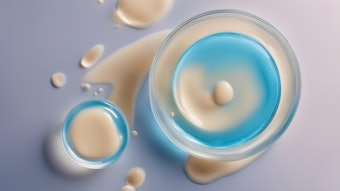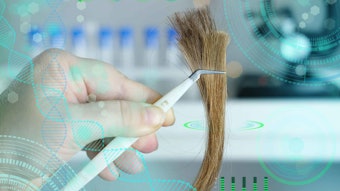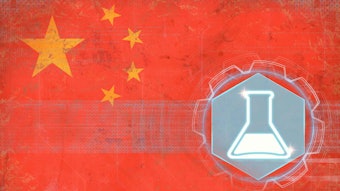In order to repair endogenous lesions or photo-induced alterations to DNA, all cells possess a complex defense system for the detection, elimination and repair of damaged DNA fragments. Although the sun is essential for human life, it can directly or indirectly induce DNA lesions when the skin is over-exposed (see Radiation Damage and the Cellular Response). The principal damage to DNA is the formation of cyclobutane-pyrimidine dimers (CPD), pyrimidine (6-4) pyrimidone photoproducts (6-4PP) and Dewar isomers. This article focuses on CPD and on a model for the formation of CPD after UVB irradiation. In order to assess the effect of a cosmetic ingredient on the formation of direct UV-induced lesions to DNA, it first was necessary to develop a model to visualize the appearance of CPD in the nuclei of normal human keratinocytes.
The first objective was to determine and target the post-irradiation period in which the level of CPD induced in keratinocyte nuclei was maximal. This is also the period in which the cellular DNA repair process is not yet optimal. The efficiency of this process, and thus the safeguard of the stability of the cell genome, results from the balance between the extent of exposure of the organism to a variety of factors inducing DNA lesions, and its repair capacity. Photoproducts were assayed at different times after exposing cells to a single dose of UVB. Once a time was established, the authors examined the influence of different UVB doses on the quantity of CPD formed.
These initial experiments enabled the authors to define standard conditions of time of UVB irradiation and intensity of UVB irradiation in their model. With these standard conditions, the authors could accomplish their second objective: to assess the effect of a cosmetic active substance on the quantity of lesions persisting after UVB irradiation.










